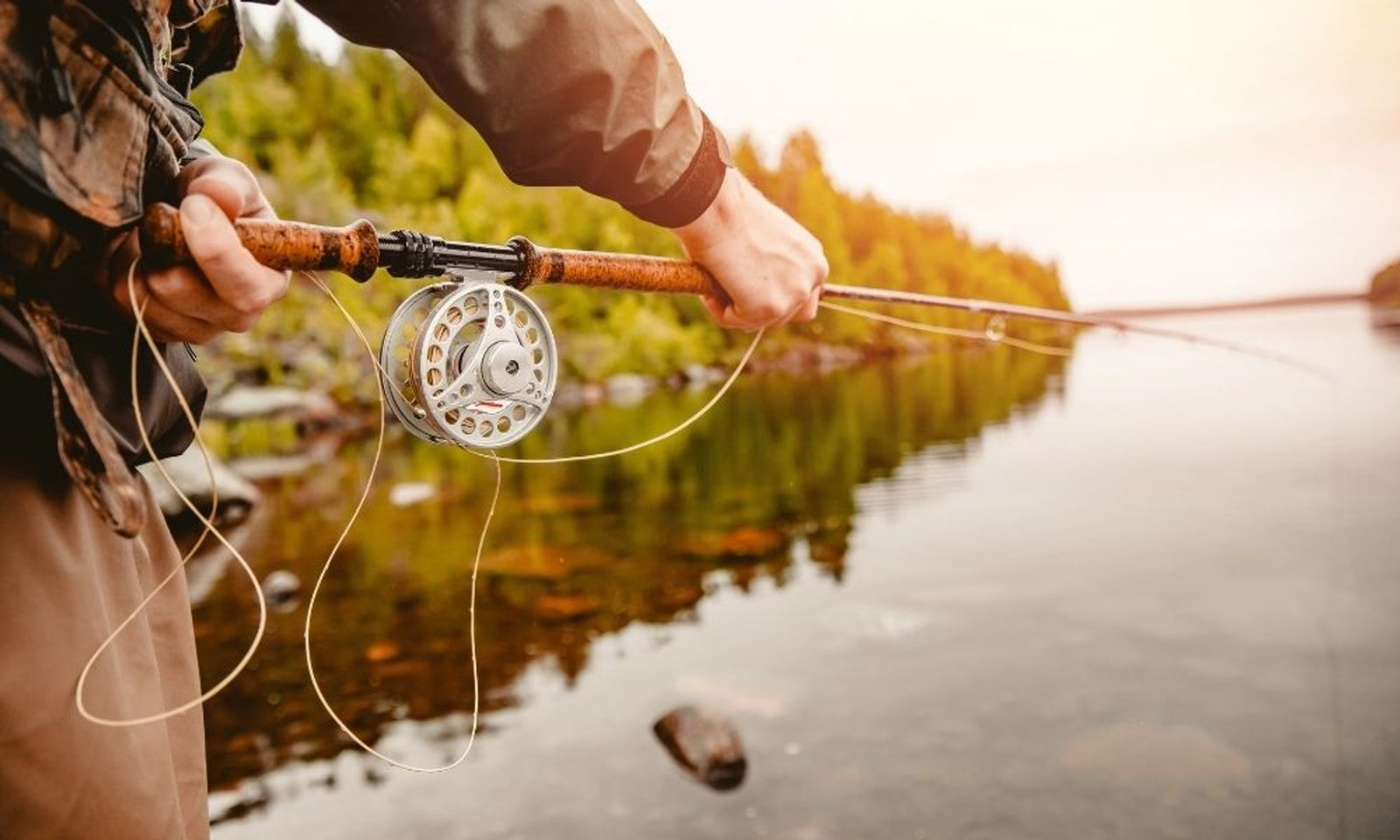What Does “Overlining Your Fly Rod” Mean and Should You Do It?

Typically, when you match a line to a fly rod, they should have equal amounts of weight; for example, an 8-weight line should pair with an 8-weight rod. This ensures everything is in balance and your rod works predictably.
However, overlining your rod means installing a heavier line onto a lighter rod—putting an 8-weight line on a 6-weight rod. Knowing what “overlining your fly rod” means and when you should do it can create a unique experience and tailor your rod to your fishing style.
Greater Weight With Less Line
When you want to make shorter casts, it can be difficult when you use a lighter line weight. The line will have a harder time breaking through the water; usually, to compensate for this, the lightweight line has a greater length, increasing the overall weight.
But by overlining, you can get your line to break through the water with a relatively little line. Often, anglers use this technique in narrow streams and areas without a lot of room to maneuver.
Better Wind Resistance
The elements can prove detrimental to fly fishing; the most common problem anglers encounter comes from wind. Depending on where the wind blows, it can throw off your cast and interrupt your technique, limiting your abilities.
You can circumvent this issue with overlining, increasing the weight so the line can travel through the air with little resistance. You can retain the skill of your cast by adapting to the increased weight and negate the effects of the wind.
Sacrificing Stealth
Overlining can prove beneficial, but there are also some drawbacks. The most notable is that you give up a certain amount of stealth when casting. When the line hits the water, it creates a splash and a sound, alerting nearby fish to your presence.
This can ruin a trip if you cast in an area where the fish are especially jumpy and tend to run away from the sudden stimulus. Know the behavior of the fish in the area; if they like to run away at the first sign of danger, you may not catch anything.
Decrease in Distance
Along with giving up some secrecy, you will also have a more challenging time casting your line for longer distances. While the greater weight resists the wind, it also significantly slows down your cast and forces it to drop earlier than you may want.
This makes overlining unsuitable if you want to get your line across a large body of water. You’ll have to wade out and cover the distance on foot if you want to reach specific areas.
Know the Circumstances
Knowing what overlining your fly rod means and when you should do it allow you to adapt to different fishing situations. You’ll need a sturdy rod that can handle the added weight, so you don’t throw off your technique and get the best results possible when you cast.
Ed’s Fly Shop has a selection of Douglas Rods with exceptional craftsmanship that will get the job done. They’ll allow you to cast heavier lines and improve your fly fishing experience.

